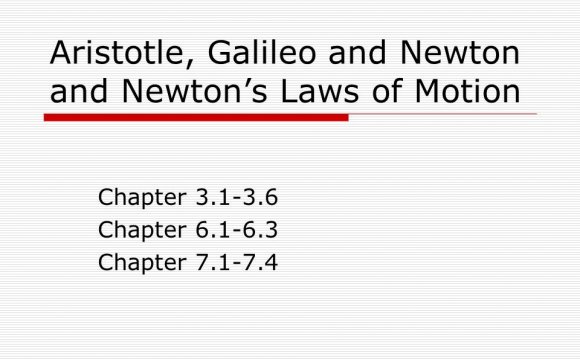

Towards a new world Model
From Galileo to Newton: Physics Emerges
Newton's Many Accomplishments
|
|
|

|
Galileo's laws of Motion:
Aside from his numerous inventions, Galileo also laid down the first accurate laws of motion for masses. Galileo measured that all bodies accelerate at the same rate regardless of their size or mass.
Key among his investigations are:
- determined that the natural state of an object is rest or uniform motion, i.e. objects always have a velocity, sometimes that velocity has a magnitude of zero = rest.
Kepler's laws of Planetary Motion:
Kepler developed, using Tycho Brahe's observations , the first kinematic description of orbits, Newton will develop a dynamic description that involves the underlying influence (gravity)
- 1st law (law of elliptic orbits): Each planet moves in an elliptical orbit with the Sun at one focus.
- Ellipses that are highly flattened have high eccentricity.
 Ellipses that are close to a circle have low eccentricity.
Ellipses that are close to a circle have low eccentricity. - 2nd law (law of equal areas): a line connection the Sun and a planet (called the radius vector) sweeps out equal areas in equal times
- Objects travel fastest at the low point of their orbit, and travel slowest at the high point of their orbit.
- 3rd law (law of harmonics): The square of a planet's orbital period is proportional to its mean distance from the Sun cubed.
- The 3rd law is used to develop a ``yardstick'' for the Solar System, expressing the distance to all the planets relative to Earth's orbit by just knowing their period (timing how long it takes for them to go around the Sun).
Newton:
Newton's Explanation of Kepler's Laws
- change in velocity = acceleration caused by force
- law of conservation of momentum = total momentum (mass x velocity) of an interaction is conserved is the same before and after
Newton's laws of motion:
- 1st law: a body remains at rest or moves in a straight line of constant velocity as long as no external forces acts on it
- 2nd law: a body acted on by a force will accelerate such that force equals mass times acceleration (F=ma)
- 3rd law: for every action there is an equal and opposite reaction
An orbit is the balance between inertial and gravitational forces. That is, the earth is continually falling toward the sun, but inertia also wants the earth to keep moving in a straight line. When these two forces are in balance a stable orbit results:
Newton's Law of Universal Gravitation:
Galileo was the first to notice that objects are ``pulled'' towards the center of the Earth, but Newton showed that this same force (gravity) was responsible for the orbits of the planets in the Solar System.
Objects in the Universe attract each other with a force that varies directly as the product of their masses and inversely as the square of their distances
But how can you show this from first principles?
Well only an R-2 force law can reproduce Kepler's Third Law:
and for something really coolAll masses, regardless of size, attract other masses with gravity. You don't notice the force from nearby objects because their mass is so small compared to the mass of the Earth. Consider the following example:
Newton's development of the underlying cause of planetary motion, gravity, completed the solar system model begun by the Babylonians and early Greeks. The mathematical formulation of Newton's dynamic model of the solar system became the science of celestial mechanics, the greatest of the deterministic sciences.
Although Newtonian mechanics was the grand achievement of the 1700's, it was by no means the final answer. For example, the equations of orbits could be solved for two bodies, but could

INTERESTING VIDEO



 Conatus (Latin for effort; endeavor; impulse, inclination, tendency; undertaking; striving) is a term used in early philosophies of psychology and metaphysics to refer to an innate inclination of a thing to continue to exist and enhance itself. This "thing" may be...
Conatus (Latin for effort; endeavor; impulse, inclination, tendency; undertaking; striving) is a term used in early philosophies of psychology and metaphysics to refer to an innate inclination of a thing to continue to exist and enhance itself. This "thing" may be...








